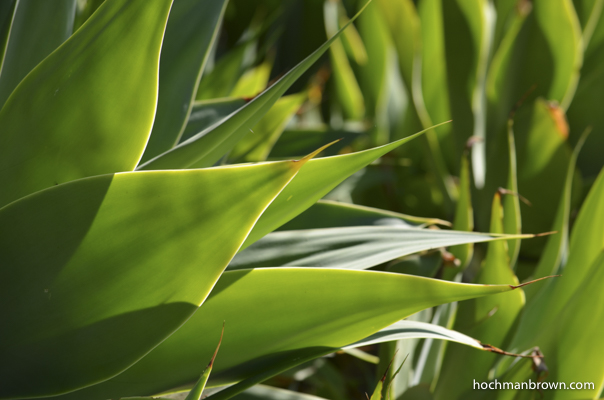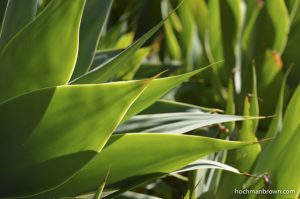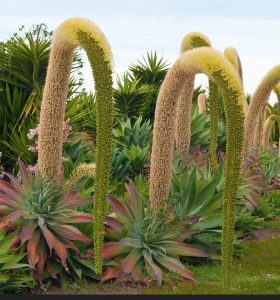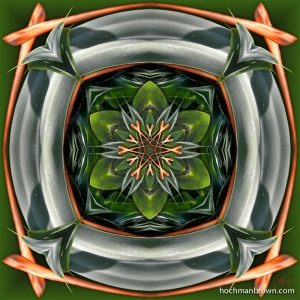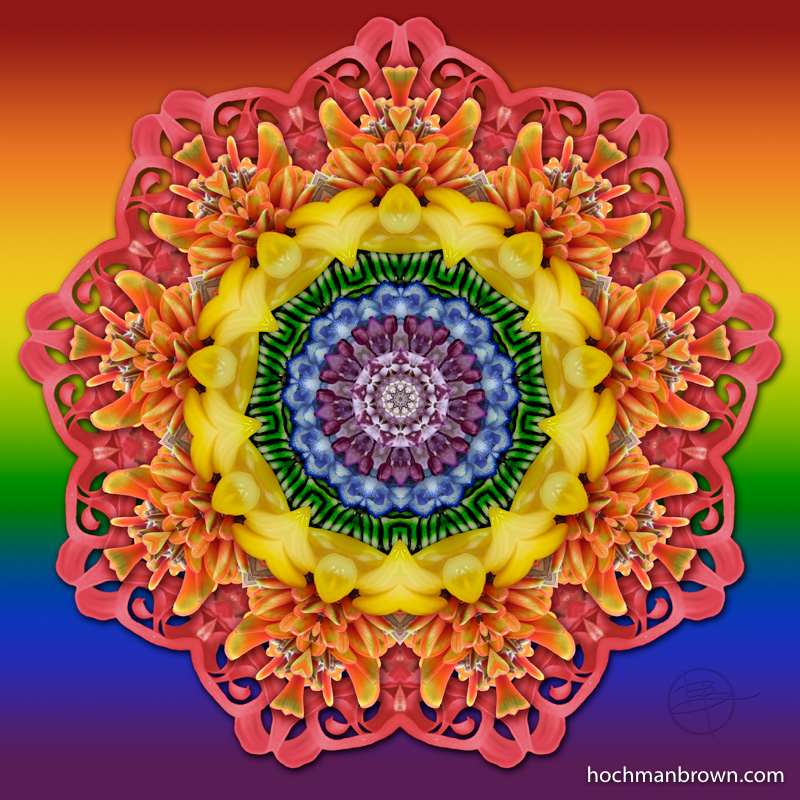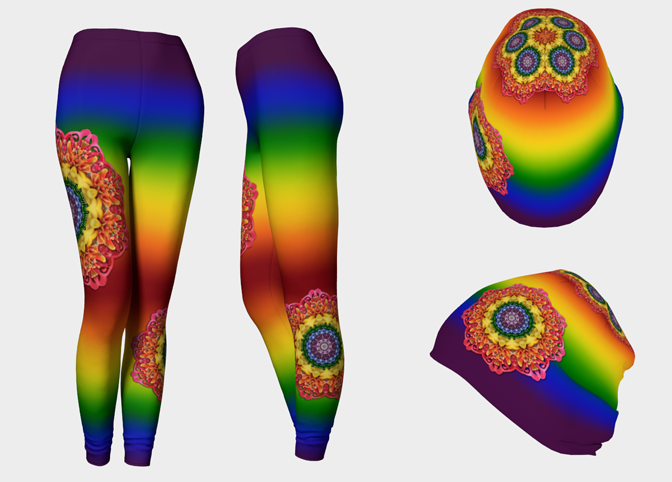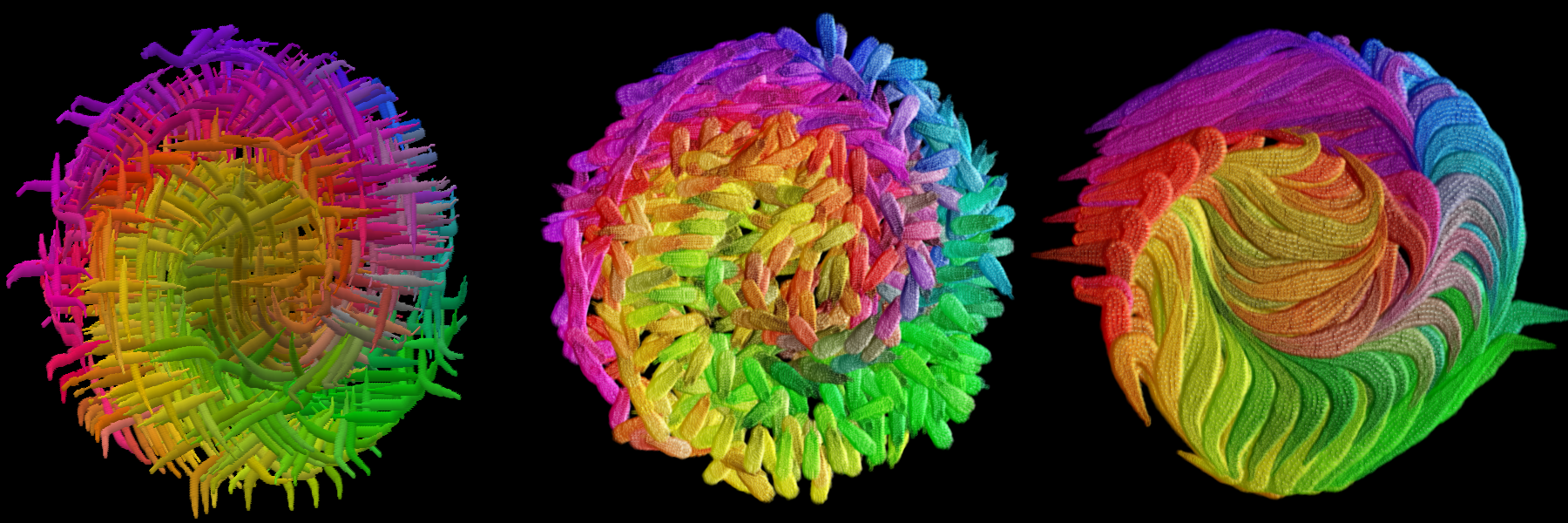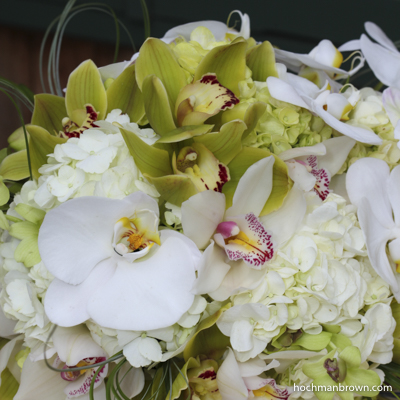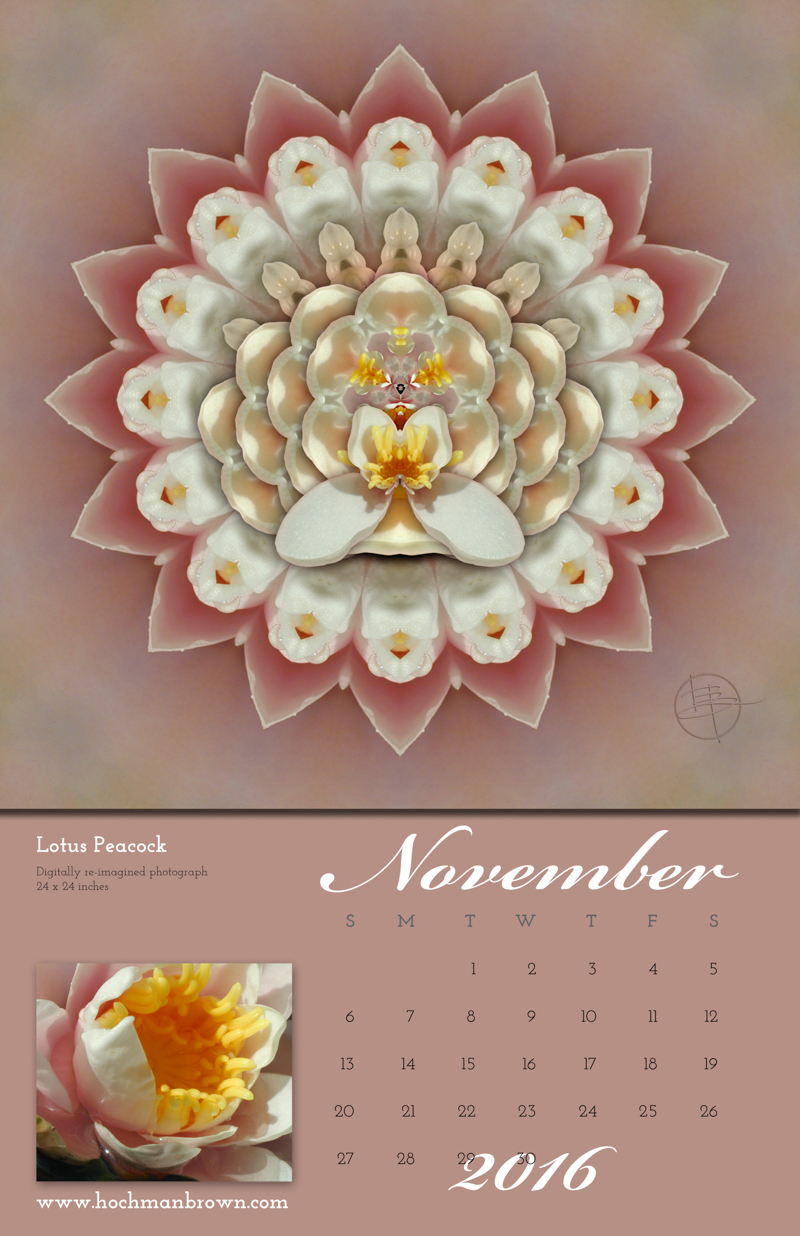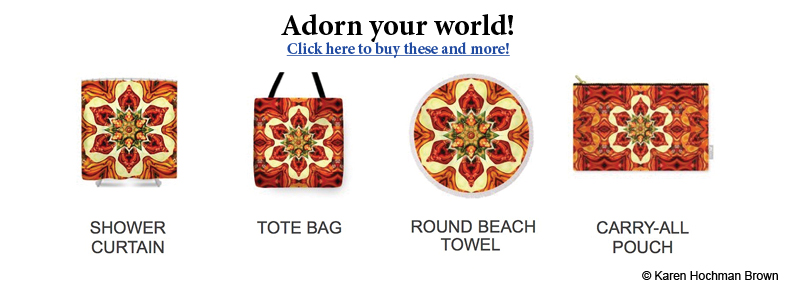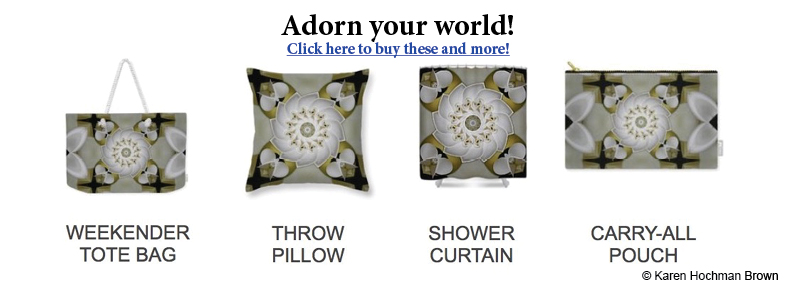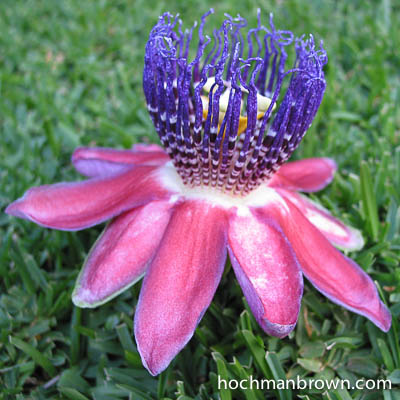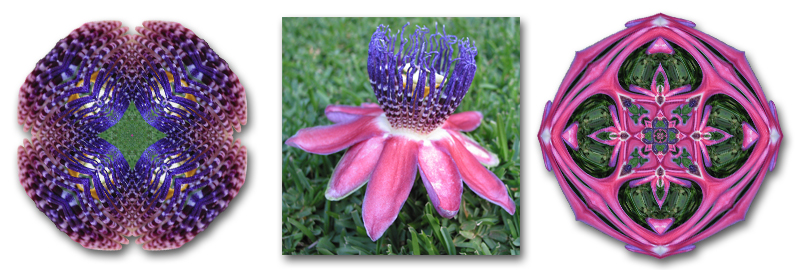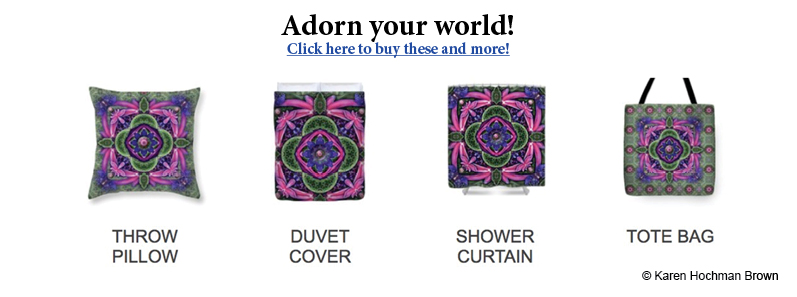I’m excited to announce I am having a solo show at Crain Art Gallery! During the six-week run, I will be at the gallery four separate days to visit with you. Saturday, March 3 is my opening reception. I plan to have some video work running as well as the art that is hanging on the walls.
On three days in March and April, I will come to the gallery as Artist-In-Residence. I will be on the grounds during business hours to create a new piece during the day. Come by between 2 and 4 to see how I have progressed with each new artwork. I’d love to talk to you about my process.
Addendum:
The April 1 demonstration has a been canceled as the Library will be closed for Easter.
- Crain Art Gallery “Botanic Geometry” – 2/24/18 – 4/6/18
Karen Hochman Brown solo show
- Where: Crowell Public Library – San Marino, CA
- Reception for the Artist: 3/3/18, 2:00-4:00 PM
- Artist-in-Residence Demonstrations:
- 3/11/18: 2:00 PM-4:00 PM
- 3/24/18: 2:00 PM-4:00 PM
- 4/1/18: 2:00 PM-4:00 PM
- Hours of Operation:
- Mon-Thurs: 10:00 AM – 9:00 PM
- Fri & Sat: 10:00 AM – 5:00 PM
- Sunday: 1:00 PM – 5:00 PM

